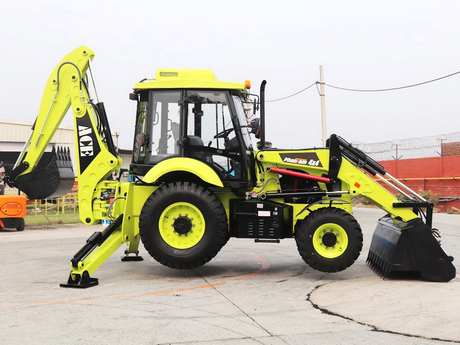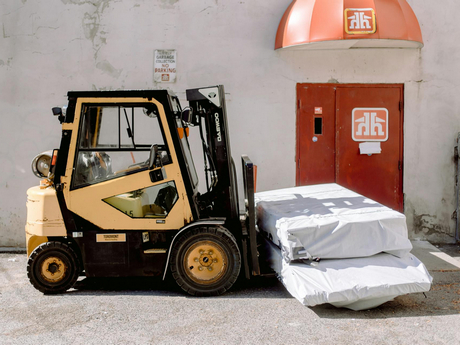|
In construction, agriculture, and material
handling, loaders have become indispensable core equipment across various operational
scenarios due to their flexibility and versatility. However, with numerous
models and configurations available, selecting a loader that meets practical
needs while offering excellent value for money is a key concern for many users.
This purchasing guide will help you make more precise and efficient decisions
among multiple parameters.
First, determine your daily workload's
tonnage requirements by focusing on rated load capacity. Excessive load
capacity leads to wasted costs and energy consumption, while insufficient
capacity may cause power shortages and project delays. 1–2 ton small loaders
are ideal for space-constrained environments like landscaping, municipal
maintenance, indoor operations, rural development projects, and small farms;
3–4 ton medium loaders suit most earthmoving projects, sand/gravel yards, coal
yards, ports, and construction sites, offering a balanced choice between
efficiency and cost; 5 ton and larger heavy-duty loaders are primarily used in
high-intensity environments like mines and heavy-load docks, ideal for
prolonged continuous operation and bulk material handling.
When prioritizing operational efficiency,
bucket capacity is equally critical. Bucket selection must account for material
density, as identical capacities yield vastly different weights when handling
sand, soil, coal, or rocks. Additionally, the compatibility of attachments
significantly impacts efficiency. Attachments like hay forks, snowplows, and
elevated grain buckets address seasonal or specialized requirements,
transforming loaders from single-purpose machines into multi-functional
workhorses.
Operating conditions are paramount in
determining appropriate machine configurations. Terrain types impose distinct
demands on tires, drive systems, and overall stability—muddy fields, mining
roads, and paved surfaces each require different performance priorities. In
confined spaces like warehouses, tunnels, or urban streets, prioritize overall
dimensions and turning radius to ensure maneuverability. For high-reach
applications—such as loading high-sided trucks—focus on dump height, lift
mechanism design, and optional features like extended arms.
Selecting a loader represents a long-term investment. Thoroughly understanding operational requirements, material characteristics, and site conditions—combined with a comprehensive evaluation of load capacity, bucket volume, working space, and attachment options—significantly enhances the accuracy of your purchasing decision. We hope this guide provides substantive assistance in your selection process. Should you require further insights into loader configuration options or model recommendations, feel free to consult professionals at any time to ensure every investment delivers genuine value.
|





























